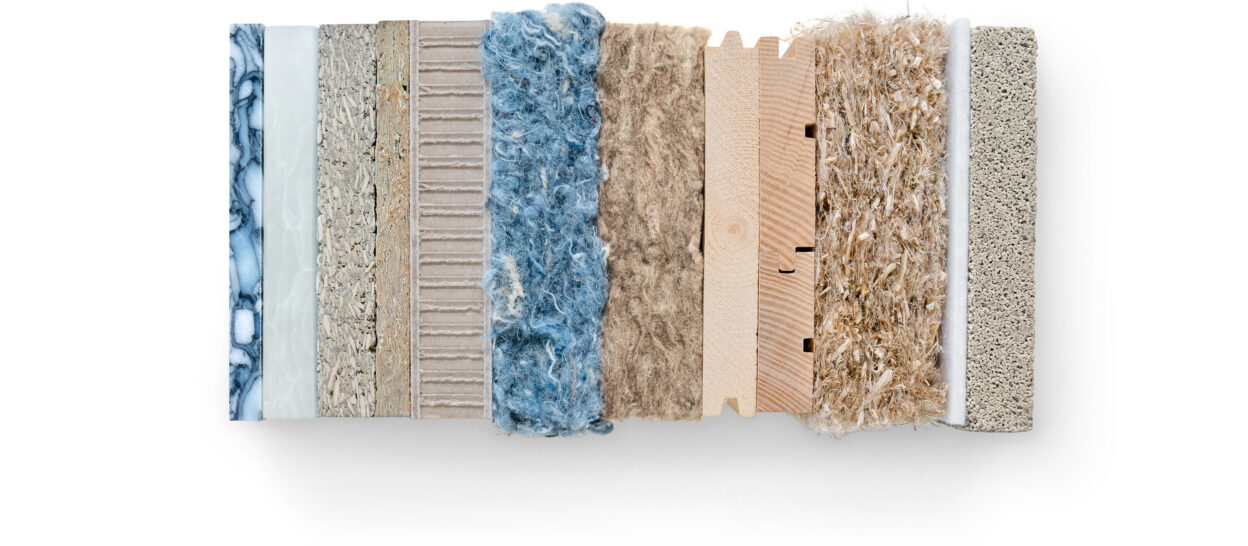
Recycled Building Materials
Our experimental unit UMAR in the Swiss NEST campus is an etude of different recycled or recyclable materials – temporarily taken from already established cycles or prepared for future use in biological and technical cycles.
The following entries present a small sample of the amount of recycled building materials used. The aim here is not to present a complete catalogue of building components. In addition to providing an insight into the great variety of elements already available today for a 100% recyclable architecture of tomorrow, this presentation is also intended to make clear the high aesthetic potential that lies in what is all too often regarded merely as current or future waste.
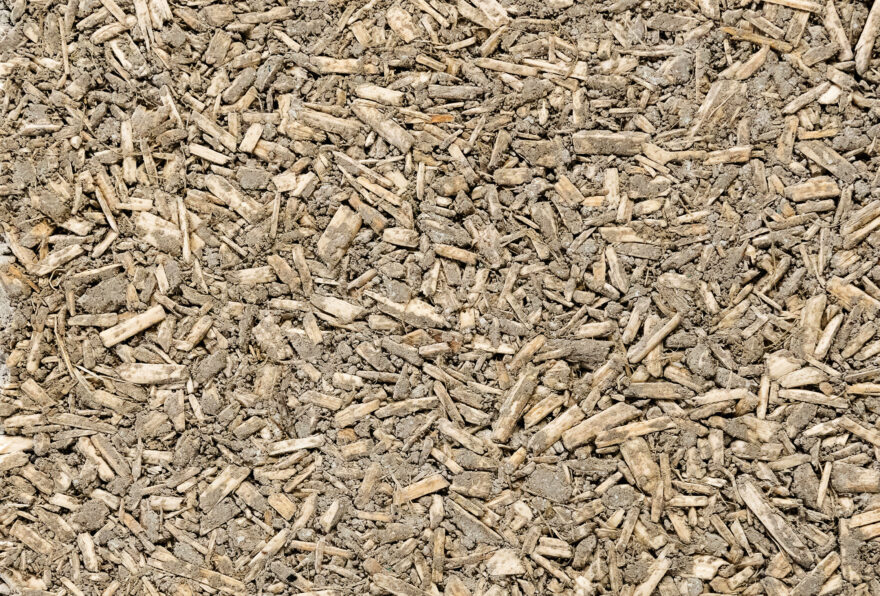
Claytec Greentech 700
A solid, stable loam-hemp drywall panel. This water-resistant, moisture-regulating material has a positive effect on the health of the surrounding living environment. Claytec Greentech 700 can be employed as part of a drywall construction for interior walls, facings, and ceiling and roof surfaces.
It can also be used to provide full coverage of various firm substrates (e.g. walls made from concrete, sand lime and brick; panels produced using engineered wood and chipboard).

Copper (new)
Copper is a shiny, red-coloured, highly durable metal. The material exhibits bactericidal properties; it is toxic to many microorganisms (even in small concentrations), but harmless to vertebrates. Copper alloys are easy to work with and easy to form, but difficult to cast.
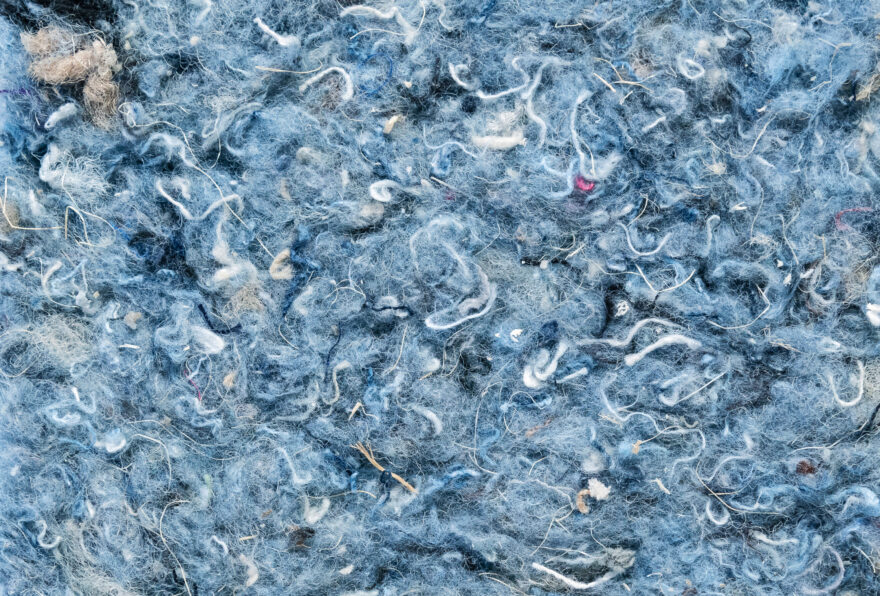
Denim Insulation
This denim insulation product from the American company Bonded Logic is made using old jeans. The denim fabric, which would usually end up in landfill, is defibrated before being processed into a felt-like matting. The textile industry produces massive quantities of waste – reusing this resource as an insulating material is thus an obvious step in the right direction.
To manufacture this product, shredded cotton fabric derived from denim waste is returned to its fibrous form and treated with a boron salt solution. This gives the material anti-mould, anti-fungal and fire-resistant properties. The fibre blend is then baked in a large oven and pressed into various thicknesses.
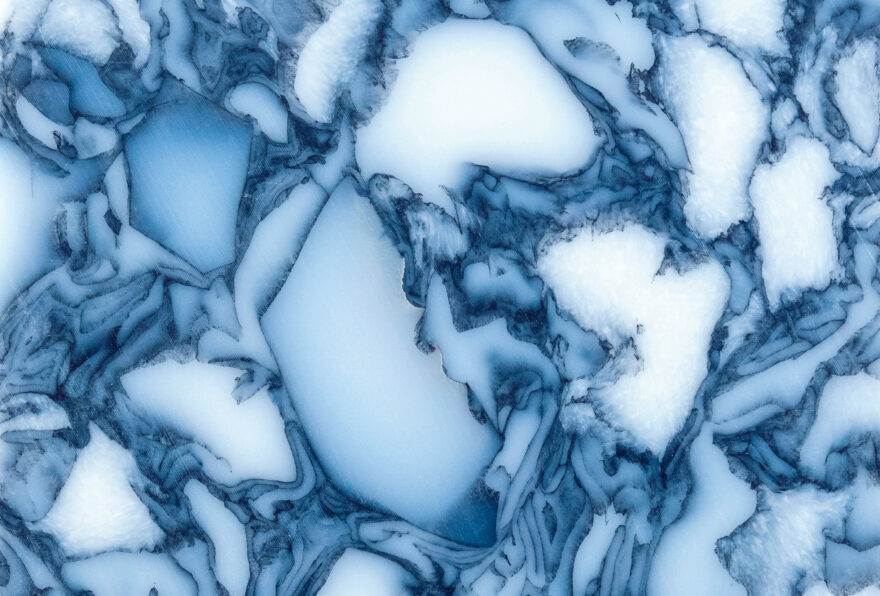
Black Dapple Sheets
These large-format plastic panels are made from recycled high-density polyethylene (HDPE). The Smile Plastics company manufactures this Black Dapple material from recycled chopping boards and kitchen work surfaces. The blend of different colours creates a marbling effect.
The finished product exhibits a certain level of translucency that is dependent on the composition and colour of the raw materials used. The material offers high levels of hardness and density, good UV and weather resistance and moderate scratch-resistant properties. Dapple sheets consist of a 100% water-proof, solid material that can be cut, drilled and milled.

Magna Glass Ceramics
Magna glass ceramic is a very durable, translucent material. The colour of the product depends on the composition of the glass used in the manufacturing process. The material is made out of waste glass that is initially broken up into shards in a controlled manner. This glass then undergoes a complex sintering process that only involves the effects of temperature and time.
No pressure is applied to the material, and no added binding agents are required. Afterwards, the sintered sheets are cooled under controlled conditions. Lastly, the unfinished panels are calibrated, polished (if required) and cut to their final size.
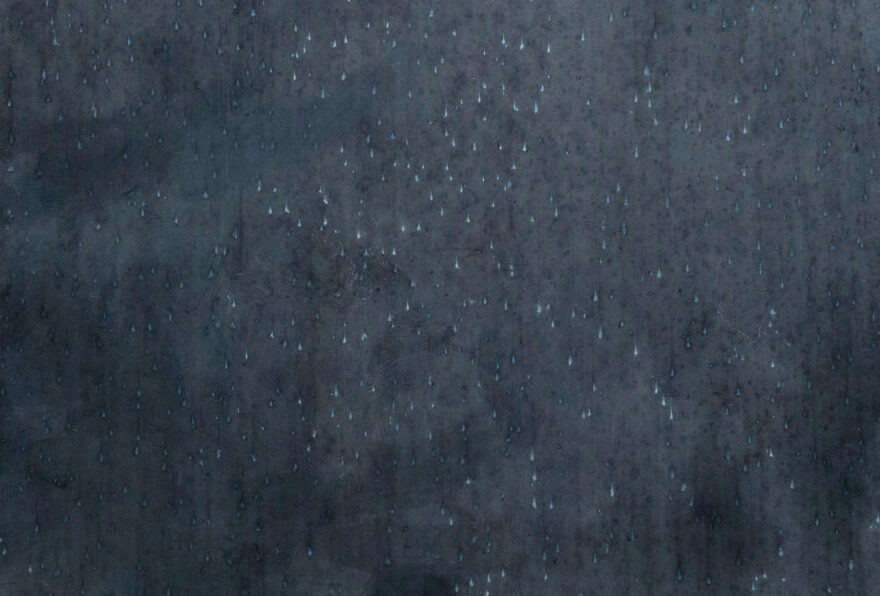
Copper (aged)
After only a short period of time, the effect of oxygen and atmospheric humidity on the surface of copper creates a firmly bonded, stable oxide layer. The expansion of this oxide layer increasingly slows down as it grows in density and thickness. This process causes the surface of the copper to lose
its metallic, reddish sheen. Over time, it produces a colouration ranging from dark brown to almost black.
The recycled building materials presented above in their installed state as well as further information on the cycle architecture and photos of the UMAR experimental unit can be found on the project’s details page.


















